Mole Spanish: 7 Spicy Secrets Behind Mexico’s Most Mysterious Sauce
Table of Contents
- What in the World is Mole Spanish?
- A Tasty Trip Through Time
- The Flavor Explosion Inside Every Spoon
- Is Chocolate Really a Spice Here?
- Mole Spanish vs. Other Mole Varieties – What's the Difference?
- How to Master Mole at Home (Without Losing Your Mind)
- Spice It Up: Pro Tips for Perfecting Your Mole
- Final Thoughts
What in the World is Mole Spanish?
If you’ve ever had a sauce that made you stop mid-bite and say, “Wait…is this chocolate? No, is it chili? Or…both?!”—you’ve probably tasted mole Spanish. A dark, rich, and deeply complex sauce from Mexico, mole Spanish is the James Bond of spices: mysterious, elegant, and packing a punch when you least expect it.
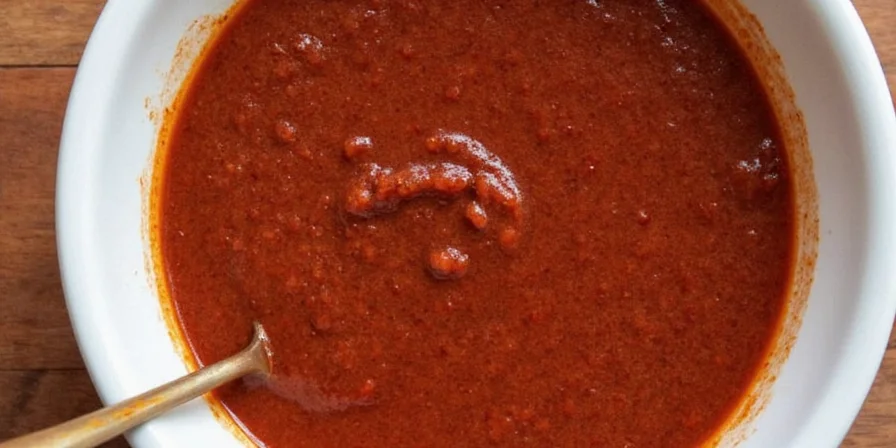
A Tasty Trip Through Time
Mole isn’t just a sauce—it’s a culinary time capsule. Originally crafted by nuns in colonial Mexico as an offering to visiting dignitaries, mole was their version of saying, “Hey, we respect your authority…here’s some spicy chocolate stew.”
Mole Spanish, in particular, stands out because of its deep color, subtle sweetness, and a spice blend that reads like a medieval alchemy list: cinnamon, cloves, anise, cumin, and more.
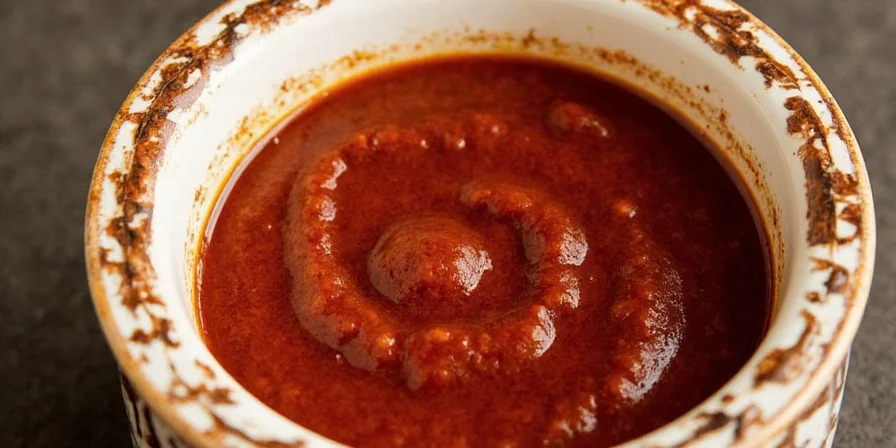
The Flavor Explosion Inside Every Spoon
Mole Spanish doesn’t just taste good—it tastes like a party in your mouth where every guest gets along. The secret lies in balancing multiple ingredients:
- Dried chilies (like pasilla, mulato, and ancho) for heat and depth
- Tomatoes and tomatillos for acidity
- Nuts and seeds (almonds, sesame) for richness
- Bread or tortillas for texture
- Chocolate—yes, real chocolate—for that smooth finish
- And then, of course, the spice lineup: cinnamon, clove, allspice, pepper, cumin…
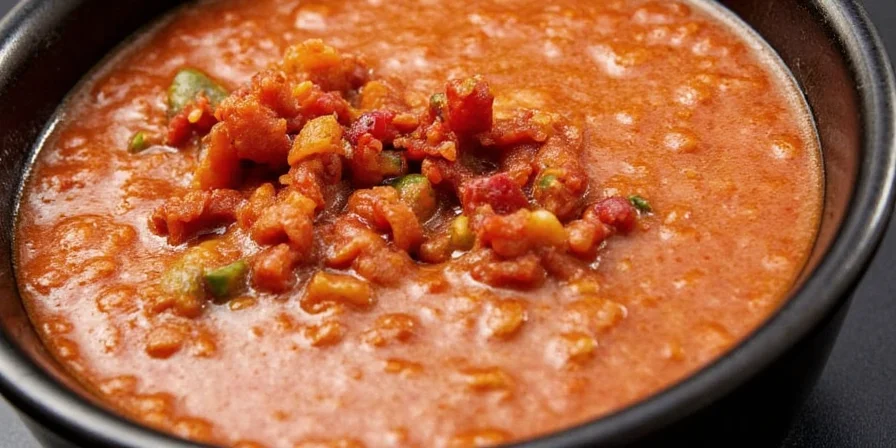
Is Chocolate Really a Spice Here?
Short answer: yes, kind of. Long answer: mole Spanish typically uses unsweetened chocolate or Mexican chocolate (which contains cinnamon and sugar), making it a functional ingredient rather than just a sweetener. Chocolate tempers the heat from the chilies and adds a velvety undertone that makes everything feel cozy—even if you’re sweating.
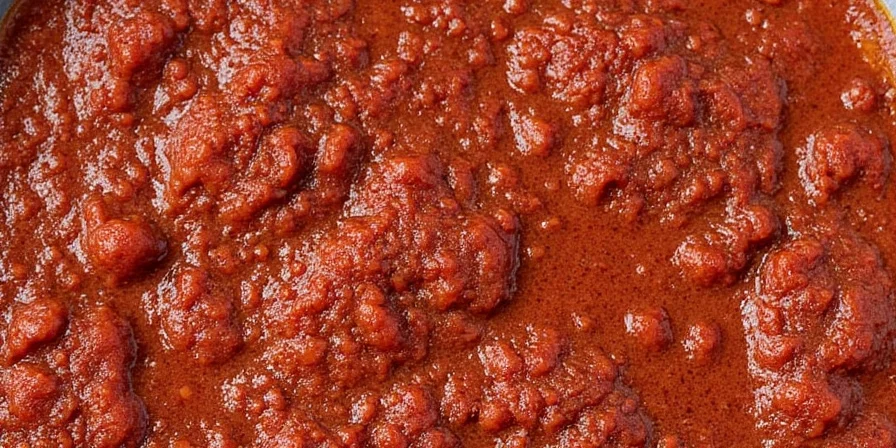
Mole Spanish vs. Other Mole Varieties – What's the Difference?
Mole comes in many flavors across Mexico. To help you tell them apart, here's a handy table comparing mole Spanish with some popular cousins:
| Type | Color | Key Ingredients | Heat Level | Region |
|---|---|---|---|---|
| Mole Spanish | Dark Brown/Black | Chilies, chocolate, nuts, spices | Mild to Medium | Oaxaca, Puebla |
| Mole Verde | Green | Herbs, tomatillo, green chilies | Medium | Oaxaca |
| Mole Amarillo | Yellow | Guajillo chilies, tomatoes, spices | Medium-High | Oaxaca |
| Mole Negro | Jet Black | Charred chilies, bread, plantains | High Heat | Oaxaca |
| Mole Poblano | Reddish-Brown | Ancho chilies, almonds, raisins | Low | Puebla |
Mole Spanish is often considered one of the most balanced moles—not too spicy, not too sweet, and full of layers of flavor. Think of it as the Goldilocks of mole sauces.
How to Master Mole at Home (Without Losing Your Mind)
Making mole Spanish from scratch can feel like performing brain surgery while blindfolded. But don’t panic! Here’s a step-by-step guide to keep you sane:
- Gather your ingredients: Get fresh, quality dried chilies, spices, nuts, bread, and dark chocolate.
- Toast and soak the chilies: Toast them in a dry pan until fragrant, then soak in hot water to soften.
- Roast your aromatics: Garlic, onions, tomatoes, and herbs should be roasted or sautéed before blending.
- Blend the base: Combine soaked chilies, roasted veggies, nuts, spices, and bread into a thick paste.
- Cook it low and slow: Simmer everything together for at least an hour, stirring constantly to prevent burning.
- Add chocolate last: Stir in melted chocolate near the end to preserve flavor and texture.
- Taste and adjust: Salt, sugar, and more spices might be needed to balance the flavors.
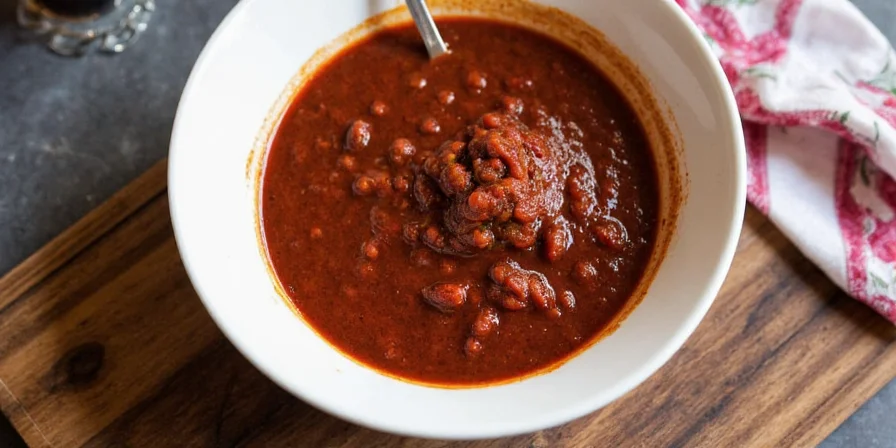
Spice It Up: Pro Tips for Perfecting Your Mole
Want to level up your mole game? Here are some pro tips from seasoned mole makers:
- Use a molcajete: Grinding your own paste with a stone mortar brings out more aroma and flavor.
- Toasting makes the difference: Toast each ingredient separately to avoid overpowering flavors.
- Don’t rush the simmer: Low and slow allows the flavors to meld beautifully.
- Balance is key: Sweetness (from chocolate or fruit), saltiness, acidity, and heat must play nicely together.
- Make it ahead: Mole tastes better the next day—flavors deepen after resting overnight.
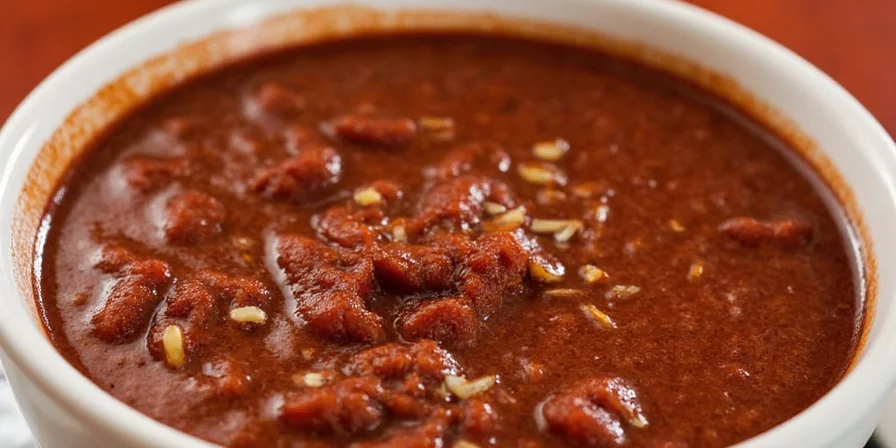
Final Thoughts
Mole Spanish is more than a sauce—it’s a love letter to tradition, technique, and bold flavor. Whether you're new to the world of mole or looking to refine your skills, mastering mole Spanish is a rewarding journey that ends with a bowl of pure magic.
So grab your spices, fire up your pot, and get ready to impress your taste buds—and maybe even a few dinner guests—with a sauce that’s got centuries of secrets in every bite.
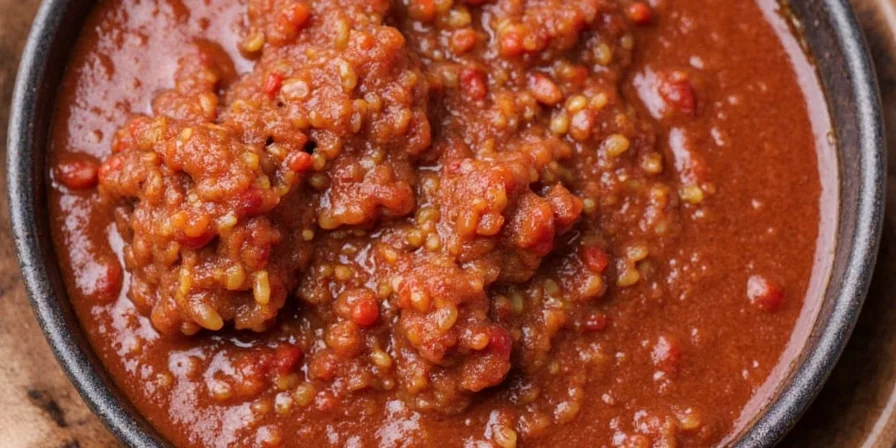

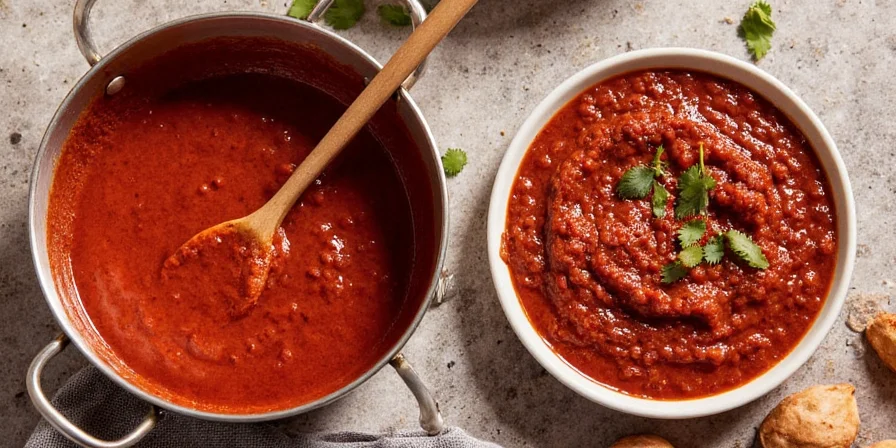









 浙公网安备
33010002000092号
浙公网安备
33010002000092号 浙B2-20120091-4
浙B2-20120091-4